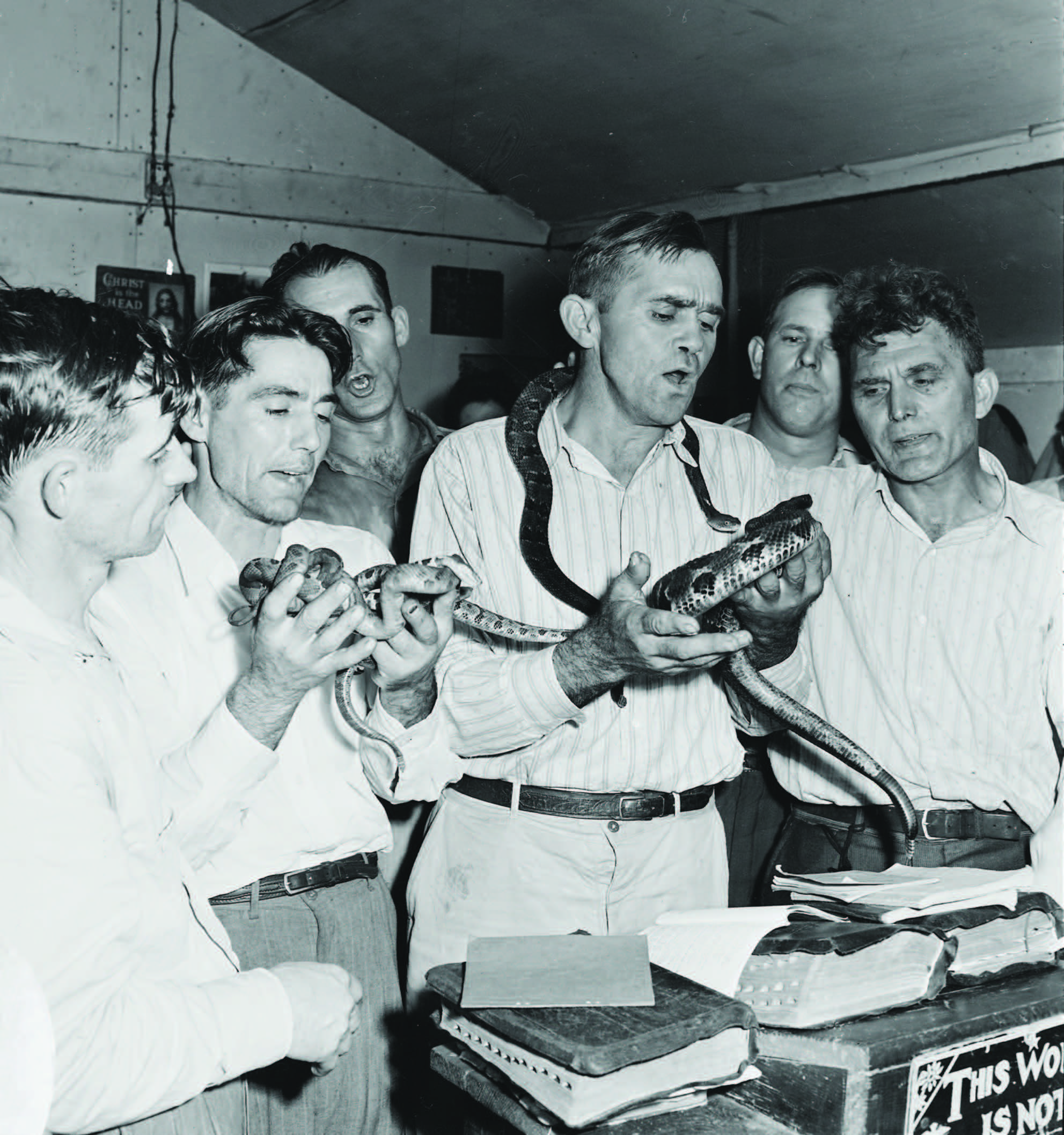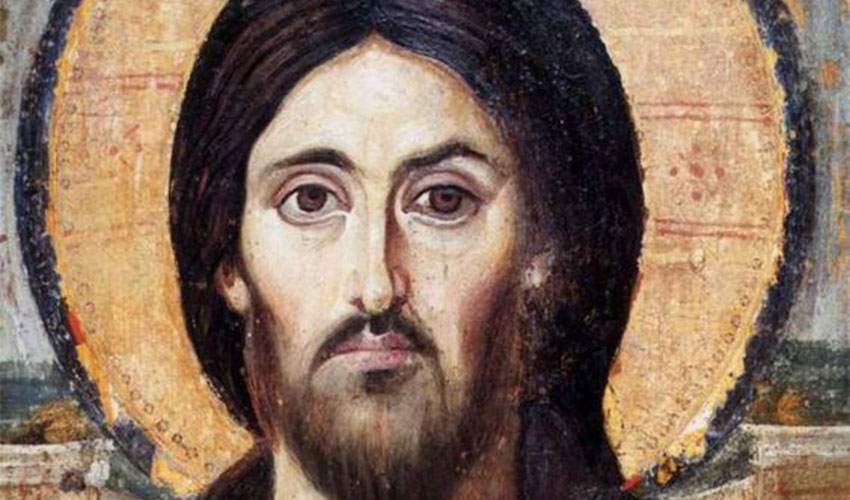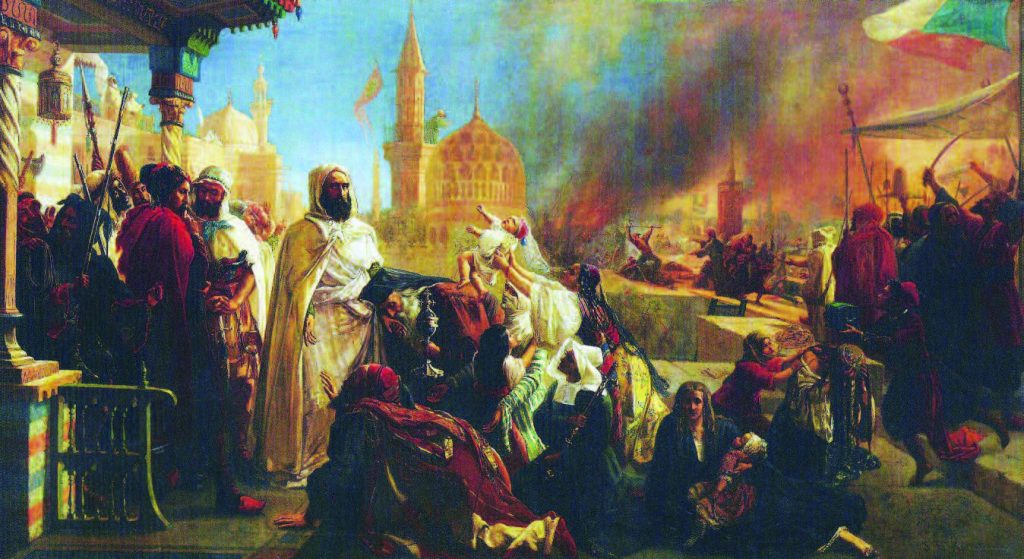A tale of snake handlers, faith healers, and speakers in tongues.
Category: Essays
The student of seeing has to unlock the mystery first, Eckhart tells us, and it begins—here, now—with the question of who is seeing.
Rare wisdom on “how to see.”
“Some men believe in the power and value of suffering,” writes Thomas Merton. “But their belief is an illusion. Suffering has no power, no value of its own.”
America’s children are being robbed of their childhood. It’s as simple as that.
“Give it one week of hard frost,” my new husband says, “and all the green will be gone.” He has slowed the car to let two adolescent does cross the road, and we watch them vanish neatly into the ditch on the other side. […]
Love and compassion are qualities essential to our stature as true human beings, and jointly might be considered the capacities that most distinguish us from the animals, except that animals sometimes display more kindness towards one another—and towards people—than we do.
This was the time in his life that Abd el-Kader had intended to devote to peaceful pursuits such as prayer, teaching, and charitable deeds. He might have turned his back on the growing tensions in Damascus: It would not have been unreasonable. Yet he could not escape the world around him, or the role that fate seemed to have cut out for him. Nor did he choose to.
Continuing Orthodox monasticism’s oldest unbroken tradition, Sinai monks still liturgize, shoeless, over the roots of the Burning Bush. On the holy ground where Moses was commanded to remove his sandals—together with all earthly logic—monks turn diversity’s polarizing forces to unity: some of the ways St. Catherine’s Monastery at Mount Sinai (Egypt) brings Byzantium’s patristic spirit into the modern era as living tradition.
In his book All and Everything, G.I. Gurdjieff presented what he called the “Obligolnian Strivings,” directives intended to instill in the consciousness of those who practice them—said to be engaged in the “Work”—the “divine function of genuine Conscience.”









